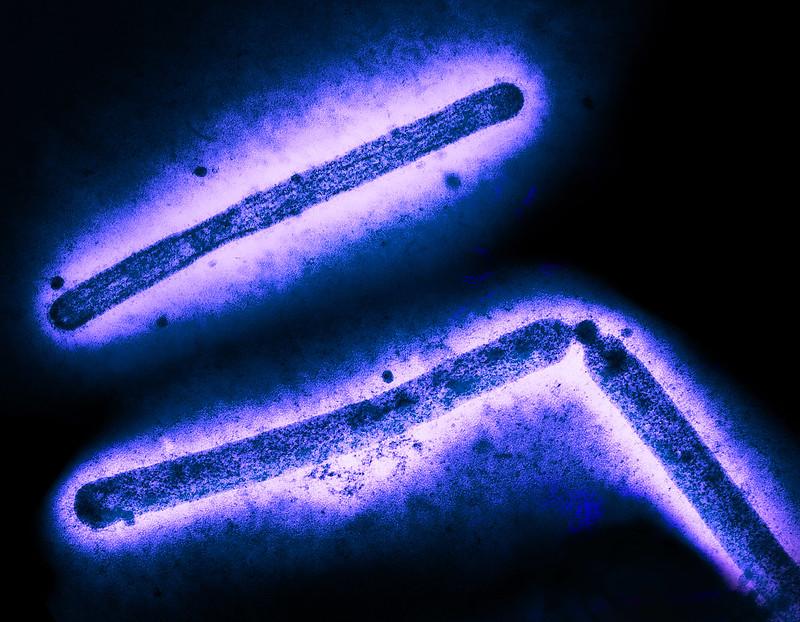Chile's health ministry yesterday reported the country's first human H5N1 avian influenza case, making it the second South American country to report a case following the arrival of clade 2.3.4.4b H5N1 subtype in the region late last year.
Unanswered questions about exposure
Few details are available about Chile's case. The patient is a 53-year-old man who has severe symptoms, according to a health ministry statement translated and posted by Avian Flu Diary, an infectious disease news blog.
The man is from the northern part of the country. So far, it's not known how the man was exposed. The ministry said an investigation is underway into the source of the virus and whether there are any other sick people where the patient lives.
Chile reported its first detection of H5N1 in wild birds in early December, and earlier this month it reported its first outbreaks in poultry. The country also reported H5N1 in sea lions and a marine otter.
In January, Ecuador became the first country in South America to report a human case, which involved a 9-year-old girl who had a severe infection.
The new case from Chile marks the ninth involving the 2.3.4.4b H5N1 clade. The earlier cases all involved people who had extensive contact with poultry or minks at a farm in Spain. Some illnesses were severe or fatal, but some patients had no symptoms and their positive nasopharyngeal swabs are thought to reflect environmental contamination rather than true clinical illness.
So far, researchers haven't found any genetic markers that suggest the virus has gained more capacity to infect humans. However, they are watching closely for any changes, especially given the ongoing small but steady stream of H5N1 detections in mammals.
US reports more H5N1 in mammals
The US Department of Agriculture (USDA) Animal and Plant Health Inspection Service (APHIS) reported six more H5N1 detections in mammals, raising the national total to 154.
Two are in mountain lions found dead in California. In a March 28 statement the California Department of Fish and Wildlife said the dead mountain lions were both found in Mono County, just east of Yosemite National Park. One detection occurred in December and the other in January.
Officials said further testing is underway to see if the mountain lions were coinfected with anything else, but H5N1 is suspected to be the cause of death for both.
The four other infected mammals were skunks, including a recent report from Texas, two from separate counties in Montana, and one from Colorado

















